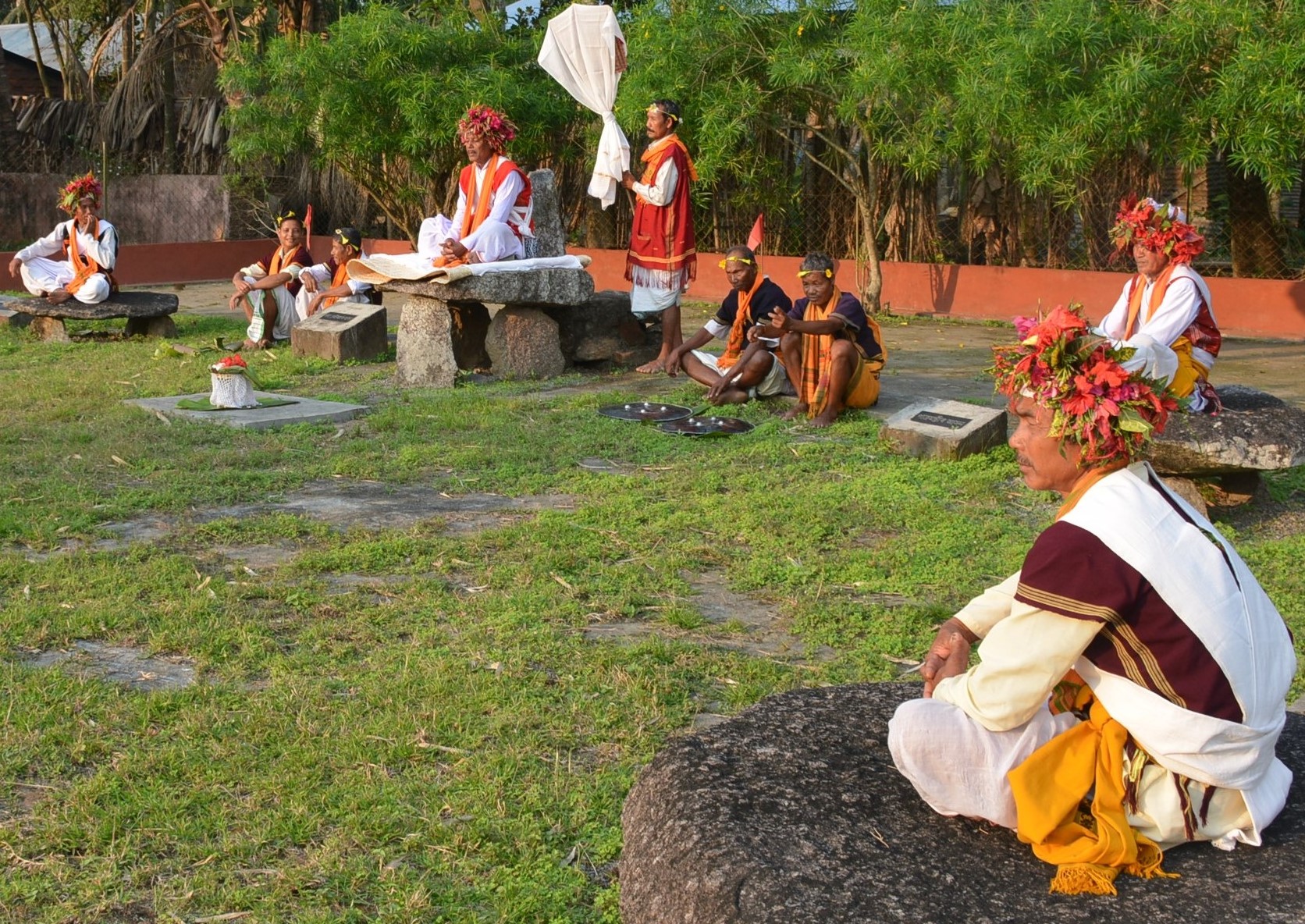THE RAJ SABHA AT SILCHANG: DOLMENS AS ADMINISTRATIVE SEATS OF ANCIENT KHOLA KINGDOM IN ASSAM, INDIA
DOI:
https://doi.org/10.7152/jipa.v44i0.15677Abstract
Northeast India is well known for the widespread megalithic structures found in different geographical and cultural contexts. Construction of megaliths is also a living tradition among many of the ethnic communities of this region. The dolmen, a megalithic structure made with a large undressed or roughly shaped stone slab supported by several upright stones at the base, is invariably found in all the megalithic cultural traditions across India. In the northeastern parts of India, dolmens are often constructed as resting and meeting places of a community. This paper presents the association of such dolmens with a traditional Raj Sabha (royal assembly) of the Khola king of the Tiwa community of Assam. The Raj Sabha, even today held annually at the Silchang megalithic site, is a unique tradition of a royal assembly functioning symbolically on a cluster of dolmens, and is significant to understanding the functional variability of the megaliths and the use of megaliths as a seat of power in an archaic society.

